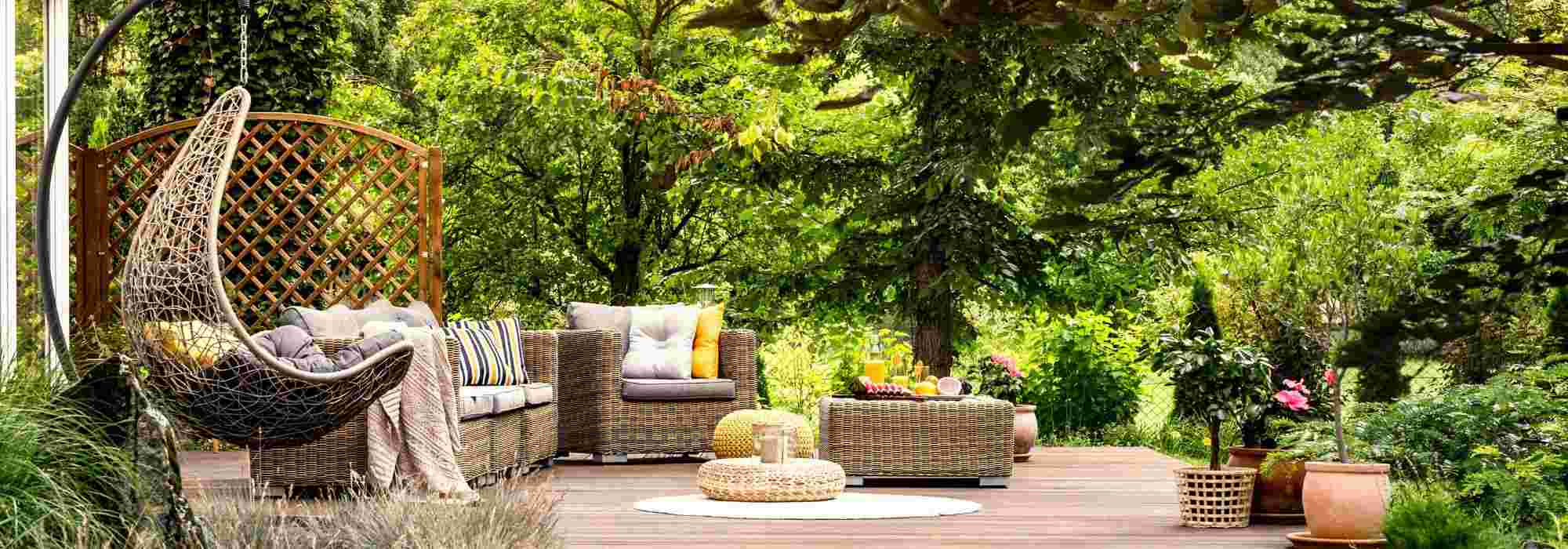
Which trees should not be planted near a terrace?
species to avoid
Contents
At the foot of the house, the patio is the favourite place to relax and enjoy leisure time — have family lunches, lose yourself in a good book or sunbathe! It would be a shame to spoil these moments of rest because of poorly chosen plants… Discover 8 trees and bushes to avoid planting near a patio.
Female Ginkgo biloba
Ginkgo biloba is a dioecious tree, meaning specimens are either male or female. Males bear inflorescences with pollen and females bear ovules that resemble fruits. Once ripe, these fruits fall to the ground and give off a nauseating odour as they rot. As odour is very strong, never plant a female Ginkgo biloba near a terrace; you might regret it in autumn… You can opt for a male specimen, but in any case, it is a tree too large to stand next to a terrace. Reaching up to 40 m at ripeness, it is best kept at the back of the garden, where it will have space to flourish. Also called tree of 40 écus, this specimen is renowned for its leaves. Shaped like small fans, they turn from pale green to golden yellow in autumn.
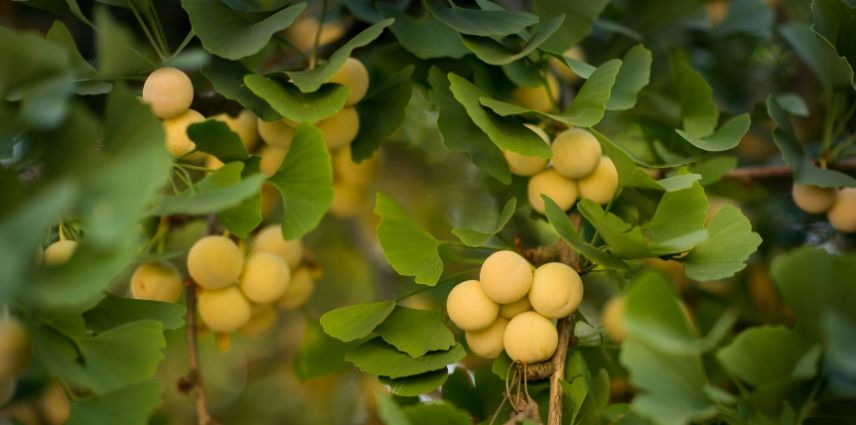
Ginkgo biloba female with characteristic fruits
Read also
Which trees to plant near a patio?Clerodendrum bungei
Clerodendron bungei is a deciduous bush reaching just under two metres. Somewhat resembling hydrangea, it is characterised by rounded, relatively flat inflorescences. Its flowers give off a strong scent that not everyone likes! Sometimes described as burnt rubber, this scent is not the most pleasant near the terrace. However, this small bush is ideal within a mixed hedge, in a border or planted singly. Small star-shaped pink flowers appear on the inflorescences from August to October. They are followed by decorative blue berries. Easy to grow, Clerodendron bungei is not demanding in terms of soil and thrives in sunny or partially shaded situations.
Discover other Patios
View all →Available in 1 sizes
Available in 1 sizes
Available in 1 sizes
Available in 1 sizes
Available in 1 sizes
Available in 0 sizes
Available in 0 sizes
Available in 1 sizes
Available in 1 sizes
Available in 0 sizes
Horse Chestnut
It is not the bell-shaped flowers that make the horse chestnut a tree to avoid near a terrace. Indeed, the cream or pink inflorescences give off a pleasant scent in late spring. It is the fruits that are more troublesome. Measuring 5 cm in diameter, these small globose fruits are first green on the tree, then turn brown and fall. Covered in spikes, they could cover the terrace in autumn. At best, you will be forced to remove them every day. At worst, you could hurt yourself stepping on them. This tree, with a slightly rounded conical habit, reaches 25 m at ripeness. It is a specimen best planted alone in a large garden, where it will take over with its large palmate leaves. Those with smaller gardens can enjoy shorter varieties such as Aesculus neglecta ‘Autumn Fire’ (9 m tall) or Aesculus parviflora (3 m tall).
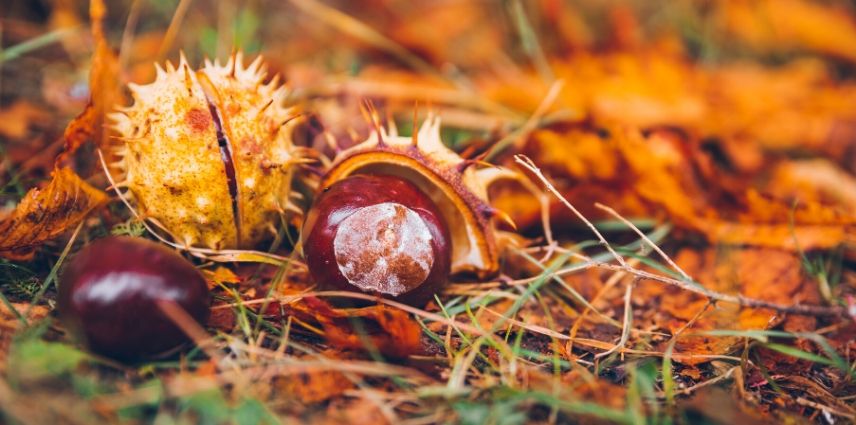
Horse chestnut with its famous globose, spiky fruits
→ to read: Horse chestnut, aesculus hippocastanum: planting, to grow and care
Plum tree
Prunus domestica includes three groups: Reine-Claude, quetsches and mirabelles. Jam, cakes, compotes — every year we enjoy its delicious fruits. Although tasty, we prefer them on our plate rather than on the patio! Indeed, even with diligent picking you cannot prevent plums from falling. Once on the ground, their soft flesh quickly splits and bursts on impact. This can stain your patio and force you to clean it regularly. In addition, it will attract insects that will join the feast. Yet, the Prunus domestica has its place in the garden. In spring it bears small, very decorative white flowers before giving way to fruit in summer. Hardy, it is easy to grow and does not require much maintenance, apart from a little pruning. You can plant it in the heart of an orchard or as a solitary tree in the garden.
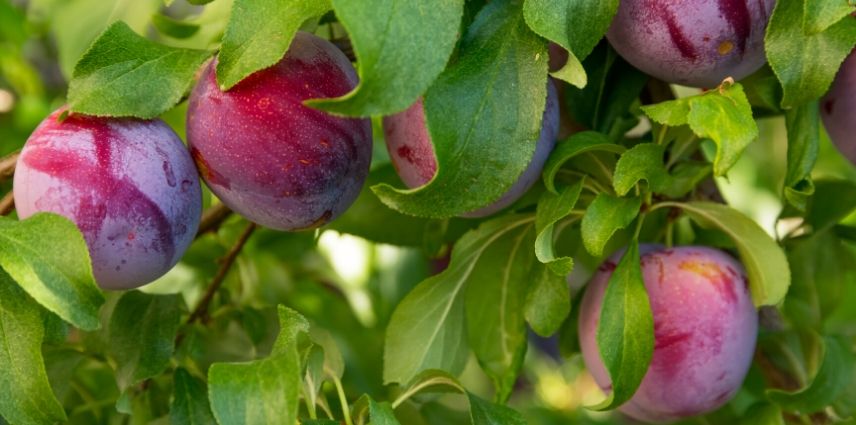
Plum tree with delicious but staining fruit!
Birch
Birch is appreciated for its white bark, which sets it apart from other trees. This magnificent specimen should, however, be avoided near a terrace. Indeed, it produces aments, male flowers that resemble small, downy spikes. They appear in autumn, then remain on the tree all winter until arrival of female flowers. Of course, many aments fall or are scattered by wind. Result? Your terrace is covered in them, so you will need to sweep it regularly. This large tree is best placed as a solitary specimen in the garden. You can then admire its delicate foliage, turning yellow in autumn. There is a dwarf variety Betula nana ‘Golden Treasure’ that does not exceed 1m in height. This essential oil, for its part, can be planted in a border next to a terrace.
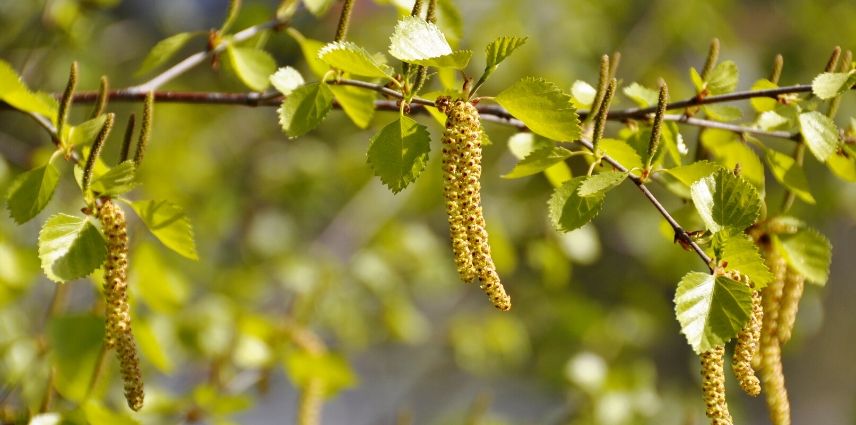
Birch with pendulous aments
Black mulberry
This tree with a nodose trunk and a graceful habit bears green dentate deciduous leaves. Mulberry trees are resistant to heat, drought and air pollution. Depending on species, fruits are black, dark purple or red. It is the fruits of the black mulberry that are used to make delicious jams. These fruits also fall and stain patios. They have a colouring power that can make stains difficult to remove. Medium-sized, it grows between 5 m and 10 m. It is usually planted as a specimen, suiting both small and large gardens. Flowering in May–June takes the form of aments, as in birch. At its base you can plant some woodland perennials such as epimediums. In a hedge you can also plant a Korean mulberry, a hardy species reaching 4 m at ripeness.
→ to read: Mulberry, Morus: planting, pruning and care
Acer platanoides
Aside from reaching around twenty metres in height, this maple is noted for its large leaves. As its name suggests, its leaves resemble those of the plane tree — broad, with five pointed lobes, dark green on the upper surface and paler beneath. In autumn, your patio would be covered with these deciduous leaves. At the slightest rain, they become very slippery, posing a risk of falls. Acer platanoides is ideal as a specimen or planted in a row! In April, it bears its yellow-green flowers in small clusters. Highly melliferous, they readily attract pollinating insects. Smaller gardens often choose a globe maple (Acer platanoides ‘Globosum’), about 8 m tall.
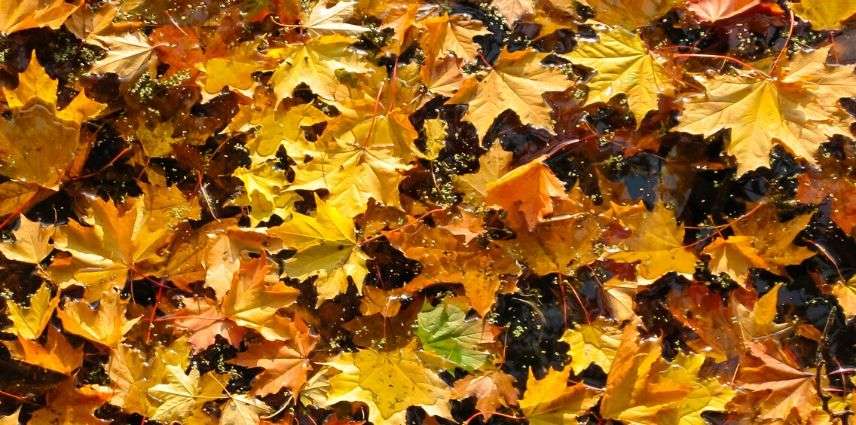
Leaves of Norway maple
Poncirus trifoliata
Poncirus trifoliata is a bush as ornamental as it is prickly! It is covered with stiff, erect thorns. Avoid planting it close to the patio to prevent accidental pricking. However, it is perfectly suited to a hedge. Paired with Berberis, another bush armed with thorns, you are unlikely to see intruders enter your garden! Moreover, Poncirus trifoliata is very decorative. In spring, its sinuate branches are covered with small, scented white flowers. These are accompanied by light green trifoliate foliage that darkens once summer arrives. Later, poncirus fruits — its small, round fragrant fruits — appear on the tree. Ornamental fruits, since they are not eaten because their taste is too acidic and bitter. Often used as rootstock, it is one of the hardiest citrus trees, tolerating temperatures below -15°C.
- Subscribe!
- Contents































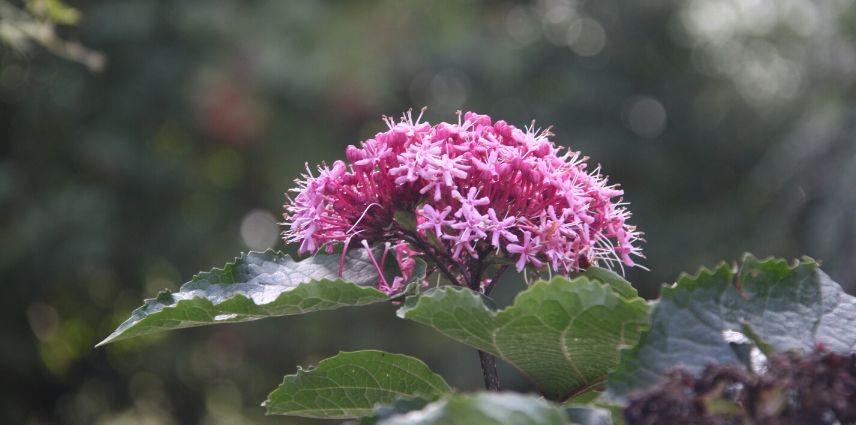
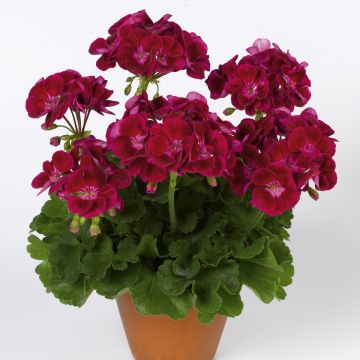
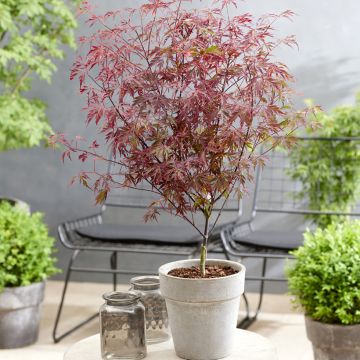
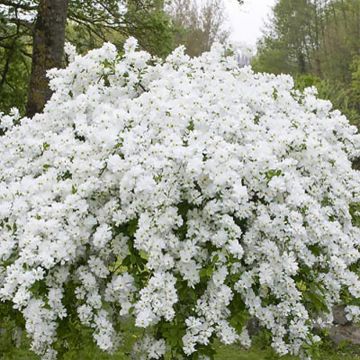


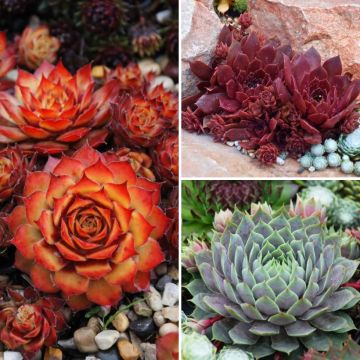

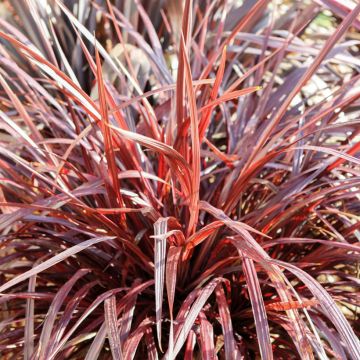
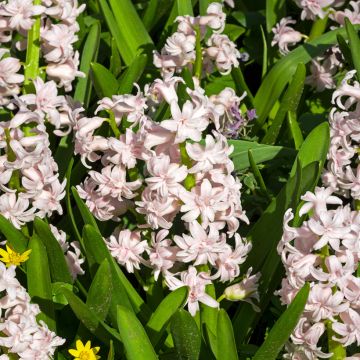
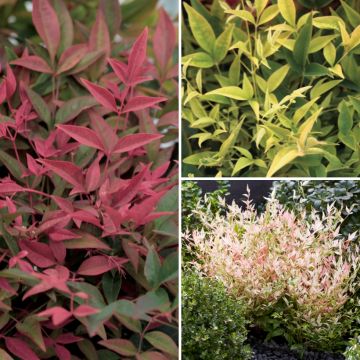
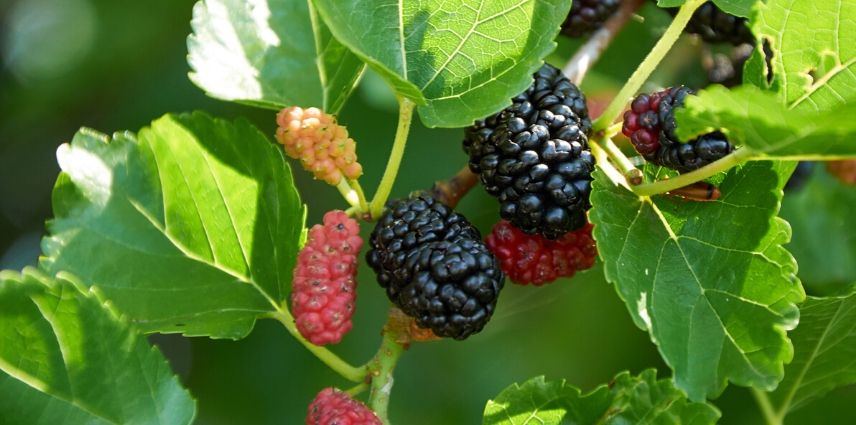
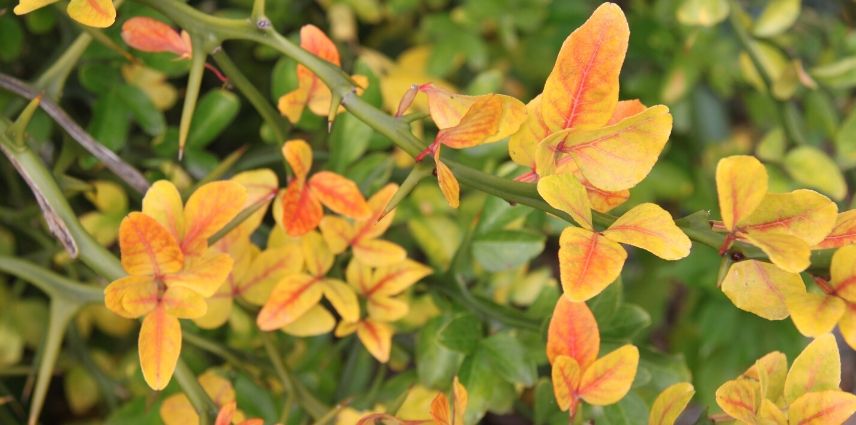
Comments